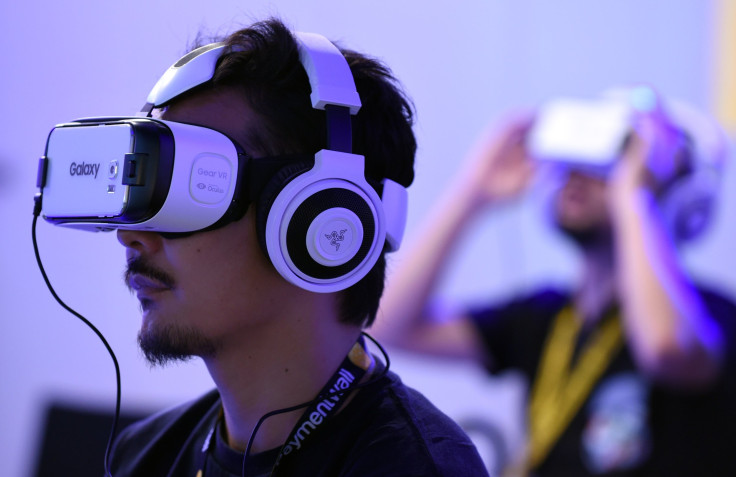VR Based Robots May Be The Key To early Mars Settlement

SpaceVR has been working to exploring space in virtual reality for long, but the company has come out recently with a new idea — exploring space using robots controlled from the earth and actually getting a real-world feel of space in virtual reality.
The company was founded in 2015 and is currently working on providing users real space videos from Mars captured using 360-degree cameras in VR. It is run by a board consisting of a former astronaut, space enthusiasts, and scientists. While human settlement on planets such as Mars might be a far-fetched dream, exploring the planet with the help of robots operated from earth seems like a much more practical approach at least for now.
While robots like Mars Rover have already explored the planet, the concept proposed by SpaceVR actually replicates movements of humans. So basically, explorers can just don gloves equipped with sensors and VR headsets and explore Mars using virtual reality and robots. This concept is called stereoscopic manipulation.
“ We are automating all human tasks. Taking a different approach than all major companies. Our general purpose avatar, the Human, was just demoed last week doing tasks in SF, controlled by me from Mexico City,” SpaceVR founder and chief executive told TechCrunch in an email.
This paradigm might actually be a stepping-stone towards eventual human migration to Mars. It has many advantages — it can massively cut costs of exploration and also help explore risks in extra-terrestrial without endangering humans.
Humans can actually control these robots from the earth and not be limited the way they would generally if they had to actually had to step on Mars.
These robots, according to SpaceVR, can be automated and eventually accommodate artificial intelligence for exploration.
It is actually currently in concept mode with no actual implementation on the horizon yet, but chances are rife with space enthusiasts such as Richard Branson and Elon Musk pick it up.
SpaceVR has signed a launch agreement with space exploration company NanoRacks LLC to launch what it calls “the world’s first virtual reality camera satellite” called the Overview 1, which will be delivered to the International Space Station aboard the SpaceX CRS-12 Mission. It will then be deployed into Low Earth Orbit from the NanoRacks CubeSat Deployer.
Holmes envisions sending millions of robots to the red planet which will be operated by humans.
The concept might sound far-fetched but it is not impossible to realize.
Countries such as India have actually mastered cheaper travel to Mars with space probes such as Mangalyaan, so sending robots to Mars via such probes would not cost-barred.
Furthermore, such robots can be used to explore Mars for minerals which, if they can be extracted, might make Mars exploration using such robots a worthwhile investment for many companies. Companies such as Planetary Resources are also looking into mining Mars for minerals.
© Copyright IBTimes 2024. All rights reserved.





















